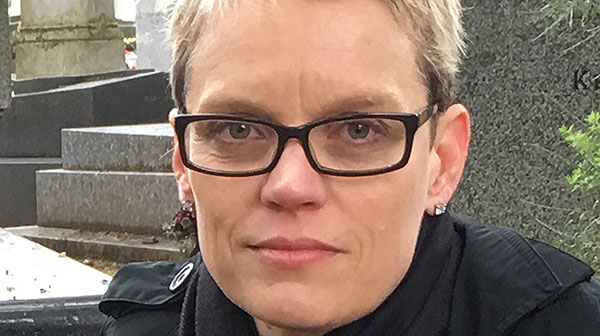
Los Angeles to New York: Dwan Gallery, 1959 – 1971, II: Learning from LA
Julia Robinson, associate professor, department of art history, New York University
Accounts of postwar art have, until now, positioned Virginia Dwan as a figure of the late 1960s, focusing on her New York gallery (through 1971) and her extramural projects thereafter. But this slant tends to leave Dwan’s carte blanche leadership unexplained, offering no sense of it as something achieved after a lengthy honing of instincts, or as a process that began well before her East Coast chapter. What Dwan offered to her artists, the celebrated attitude of latitude, the many manifestations of so-called negative space, did not come from nowhere, not exactly. For the public symposium held on November 19, 2016, in conjunction with the exhibition Los Angeles to New York: Dwan Gallery, 1959 – 1971 at the National Gallery of Art, Julia Robinson argues that the challenges of late ’50s Los Angeles—far from the international art world—galvanized Dwan Gallery’s founding years and its outré stance. Learning from scratch, Dwan took on an international stable of artists and mounted a decade of remarkable exhibitions. Perhaps not coincidentally, this happened in alignment (geographically and chronologically) with the founding of Artforum. As Dwan’s striking show announcements appeared in its pages, that magazine assumed the leading role in the critical reception of advanced contemporary art. Although both entities would change coasts within a few short years, the West proved a robust testing ground: the ultimate anteroom, not only to New York, but to the vast, heretofore unfathomable “venues” certain artists had resolutely in their sights. Describing this underexplored trajectory, Robinson considers how Dwan transformed brute LA givens—space, latitude, and attitude—into farsighted aspirations.